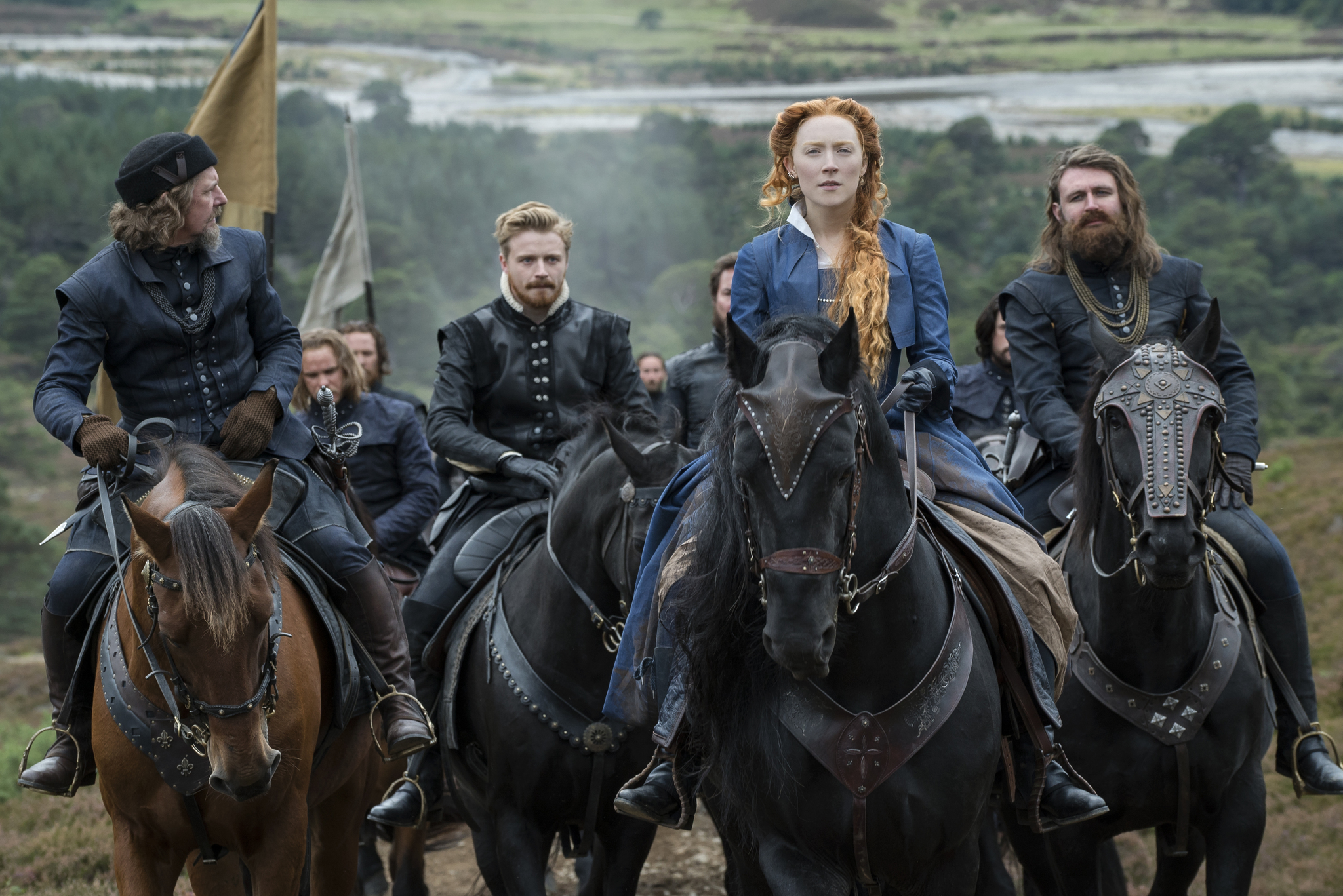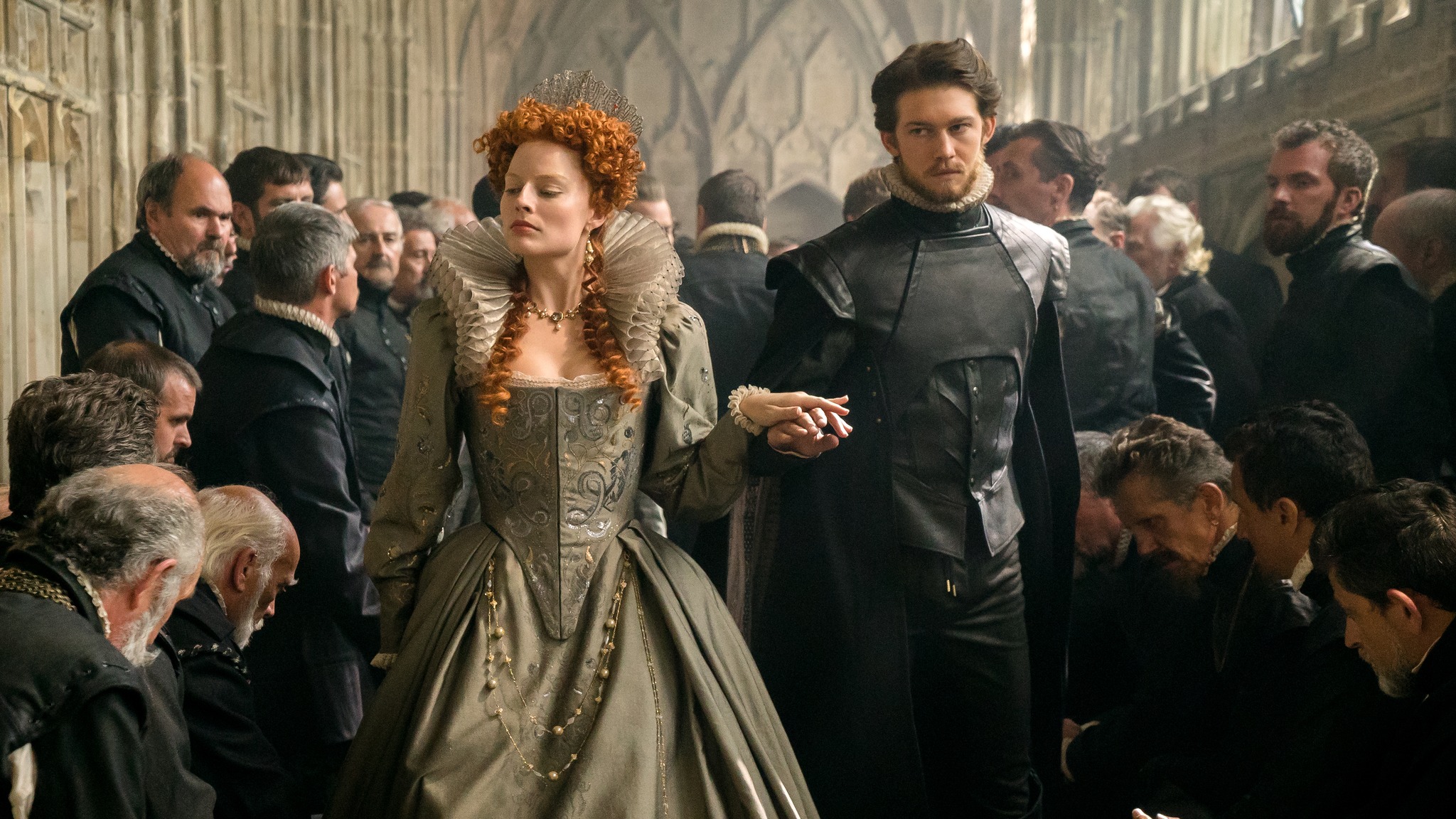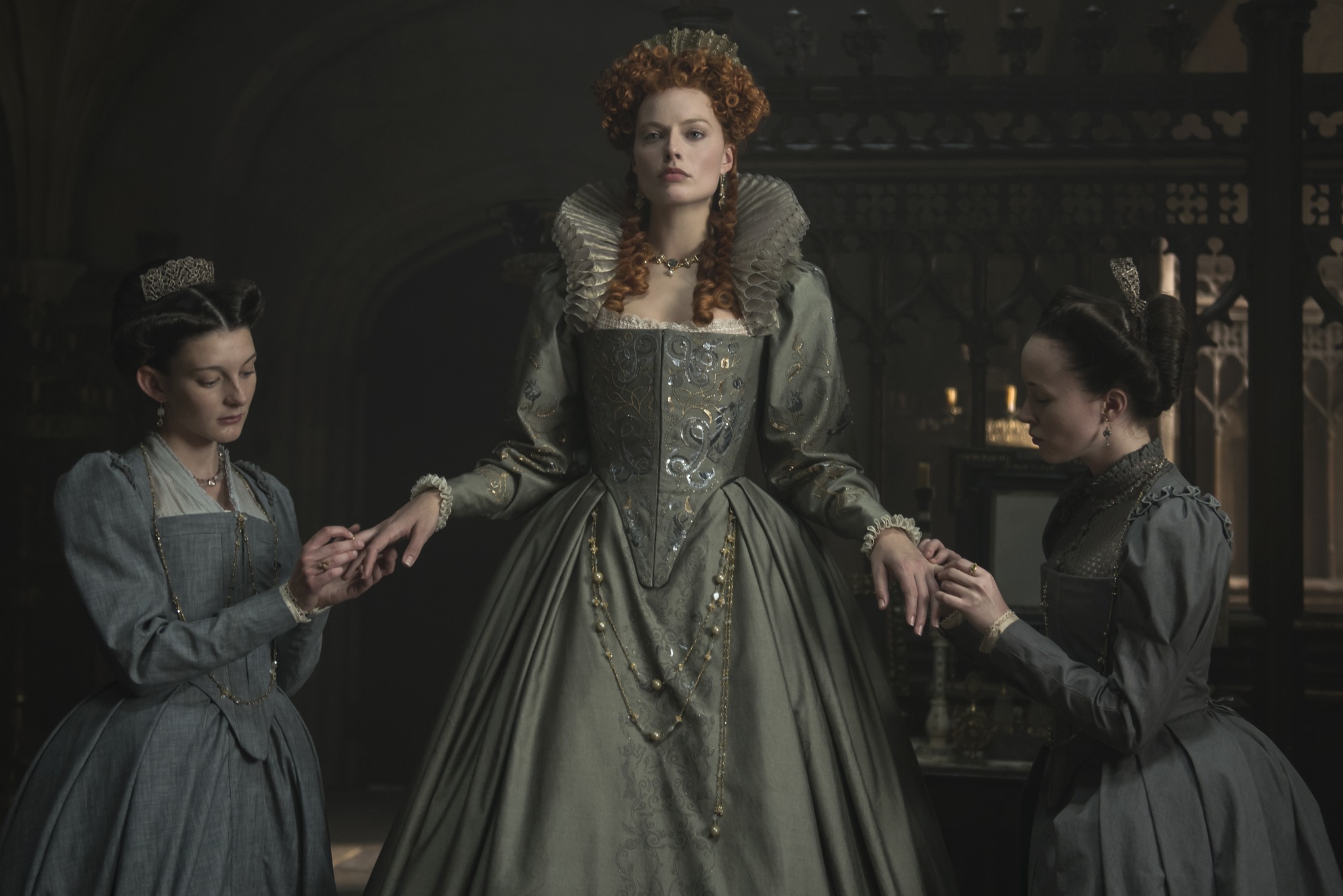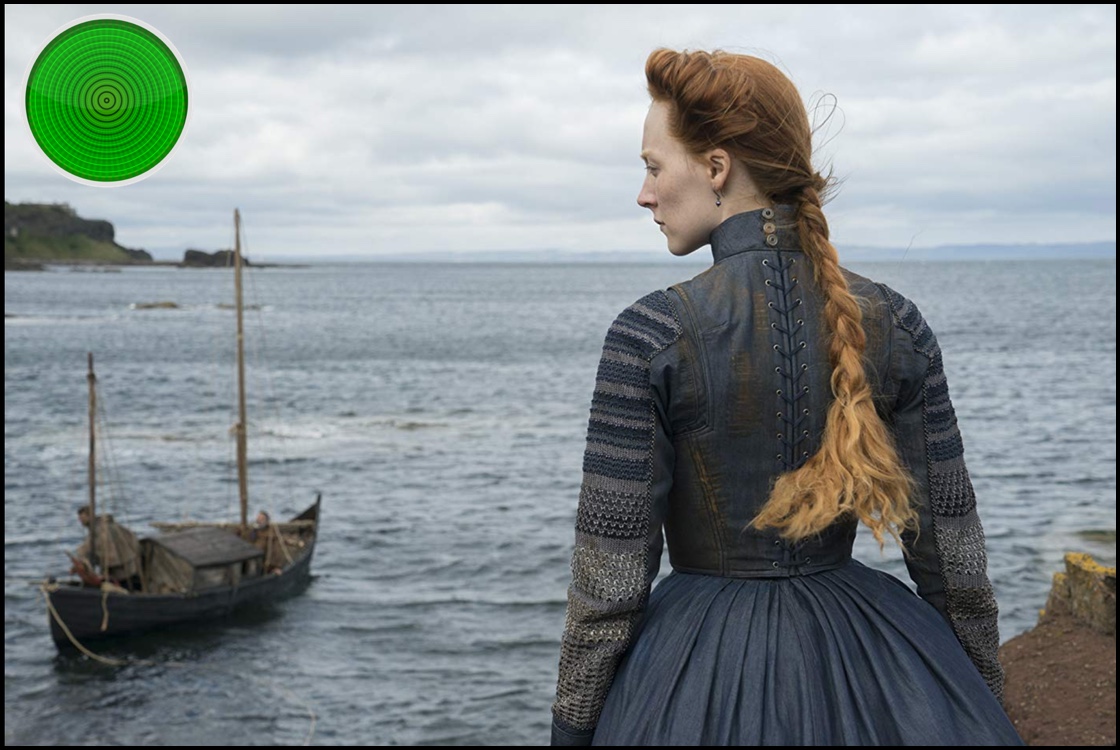Mary Queen of Scots (2018)

Mary Queen of Scots is a 2018 historical drama film directed by Josie Rourke, with a screenplay by Beau Willimon, based on the biography Queen of Scots: The True Life of Mary Stuart by John Guy. The film offers a dramatic retelling of the life of Mary Stuart, Queen of Scotland, and her complex relationship with her cousin, Queen Elizabeth I of England. Through its powerful performances and compelling narrative, the film explores themes of power, politics, and the limitations placed on women during the 16th century.
The film stars Saoirse Ronan as Mary Stuart and Margot Robbie as Queen Elizabeth I, two powerful women who are at the center of this historical drama. Mary, after the death of her French husband, returns to Scotland to claim her throne, but she faces both external and internal threats to her rule. The tension between Mary and Elizabeth grows as both queens seek to maintain their power while also contending with the larger forces of religion and political intrigue surrounding them.
One of the film’s central themes is the power struggle between Mary and Elizabeth. While they are cousins, their relationship is marked by rivalry and tension. Elizabeth, the unmarried Queen of England, views Mary as a threat because of Mary’s claim to the English throne through her Tudor lineage. This animosity is further complicated by their contrasting approaches to ruling; Elizabeth is cautious and politically calculated, while Mary, passionate and idealistic, often acts impulsively, driven by her belief in her right to rule.
The film also examines the personal lives of both queens, shedding light on the struggles they face as women in positions of immense power. Mary’s tumultuous marriages and political alliances are explored in depth, particularly her ill-fated marriage to Henry Stuart, Lord Darnley, which ends in tragedy and betrayal. Meanwhile, Elizabeth’s isolated reign and personal sacrifices, including her decision never to marry, are depicted as the price she pays for maintaining her authority. Both women are trapped by their roles as monarchs, forced to make difficult choices that affect not only their personal lives but also the fate of their nations.

The performances of Saoirse Ronan and Margot Robbie are a standout in the film. Ronan brings depth and vulnerability to the character of Mary, capturing her youthful energy and idealism, while also conveying the weight of her position as queen. Robbie’s portrayal of Elizabeth, though more reserved, is equally compelling, showing the queen’s inner conflict and the emotional toll of her reign. The contrast between the two actresses’ performances emphasizes the differences between the two queens and their respective struggles.

Visually, Mary Queen of Scots is a stunning film, with beautifully designed costumes and sets that transport viewers to 16th-century Scotland and England. The film’s use of color, especially in the costumes of the two queens, symbolizes their contrasting personalities and positions of power. The cinematography captures the grandeur of the royal courts while also emphasizing the intimate, personal struggles of the characters. The historical setting is meticulously recreated, adding authenticity to the film’s portrayal of the era.

The film also delves into the political dynamics of the time, particularly the influence of religion on the reigns of both Mary and Elizabeth. Mary’s Catholic faith puts her at odds with the Protestant establishment in England, while Elizabeth’s Protestantism makes her a target for Catholic conspirators. The complex interplay of religious and political factors adds a layer of intrigue to the film, highlighting the volatile environment in which both queens operated.

In conclusion, Mary Queen of Scots is a powerful historical drama that explores the personal and political struggles of two of the most iconic queens in history. With strong performances from Saoirse Ronan and Margot Robbie, stunning visuals, and a compelling script, the film brings to life the fierce rivalry and emotional turmoil of Mary Stuart and Elizabeth I. It’s a tale of power, betrayal, and the challenges of ruling in a patriarchal world, making it both a gripping historical account and a poignant exploration of the human cost of leadership.











